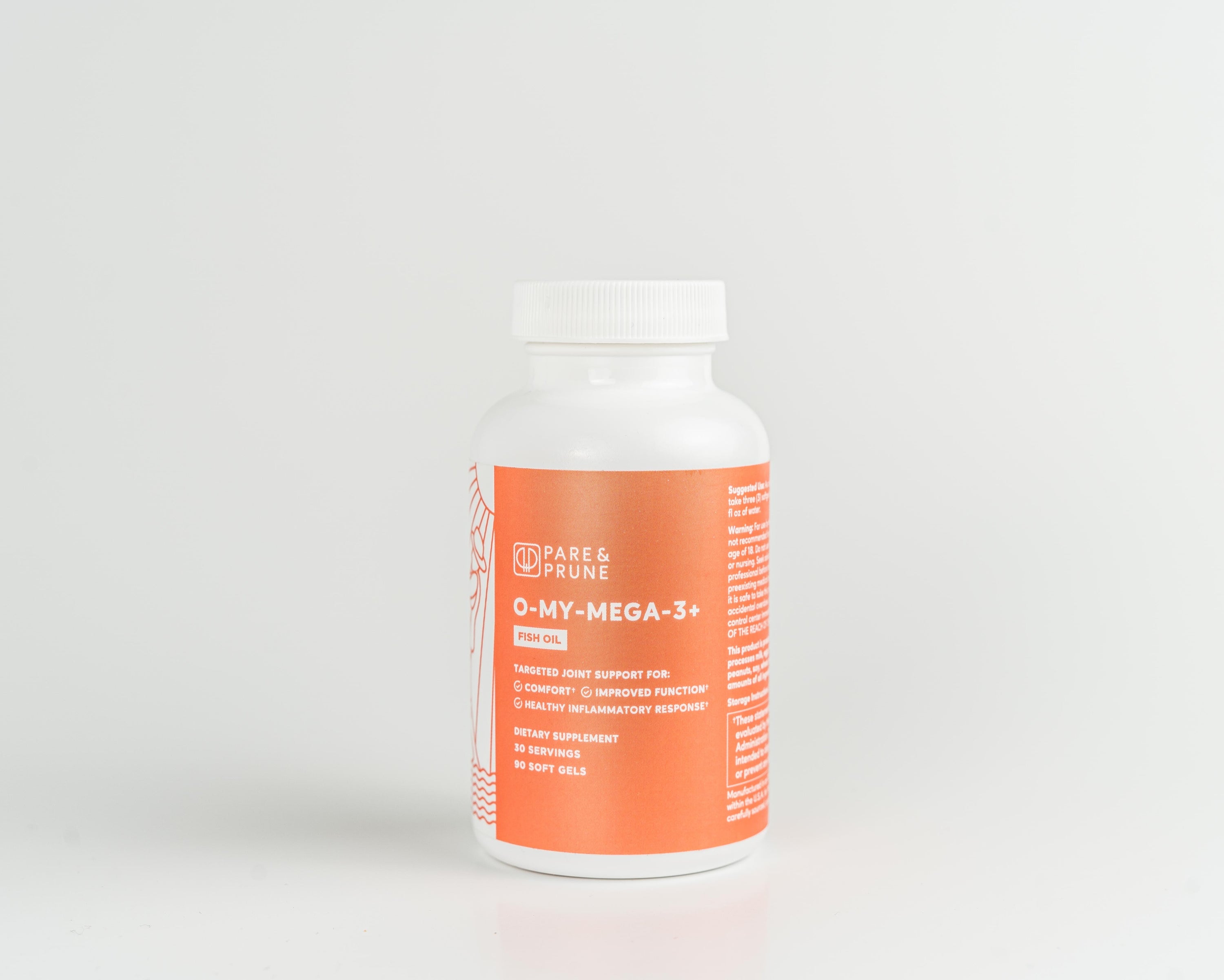What’s inside Your O-MY-MEGA-3+ Product?
The O-MY-MEGA-3+ product contains a natural marine complex that includes eicosapentaenoic acid (EPA) and docosahexaenoic acid (DHA).
Fish oil is widely known as one of the most potent anti-inflammatory agents in our diet. Consequently, many researchers and individuals with joint pain are turning to fish for its anti-inflammatory properties. It is particularly useful in treating conditions like arthritis, which involves inflammation of the joints.
What are EPA and DHA and how does it help?
What are EPA and DHA?
Fish oil is a term used to refer to two types of omega-3 fatty acids: eicosapentaenoic acid (EPA) and docosahexaenoic acid (DHA). These two fatty acids are typically found in our diet in the form of fish, animal products, and some phytoplankton.
Fish oil and these two omega-3 fatty acids are important because they play a role in regulating inflammatory responses, metabolic signaling pathways, and brain health and function.
The good news is that EPA and DHA can be produced in the body from alpha-linolenic acid (ALA).
The bad news is that they are only produced in small amounts for the majority of the population.
How does it help?
There is good evidence supporting the use of fish oil to reduce symptoms associated with rheumatoid arthritis (RA), a disease in which a person's immune system attacks the structural integrity of the joints.
People with RA and osteoarthritis (OA) tend to have increased levels of common inflammatory markers like TNF-alpha, IL-1, IL-6, and IL-17. Supplementation with EPA and DHA, which are present in fish oil, has been shown to reduce many of these cytokines in non-arthritic inflammatory diseases such as metabolic disease (1). Studies support this benefit of reducing inflammatory markers in people with RA.
Several systematic reviews have demonstrated the positive effects of fish oil on people with RA (2, 3, 4). Recently, a meta-analysis supported these findings and showed a reduction in RA-associated symptoms (5).
Fish oil also seems to benefit healthy, young individuals without arthritis. In a Harvard Medical School study, subjects who were healthy, young, and normal weight showed positive benefits in improving joint stiffness and physical function (6).


